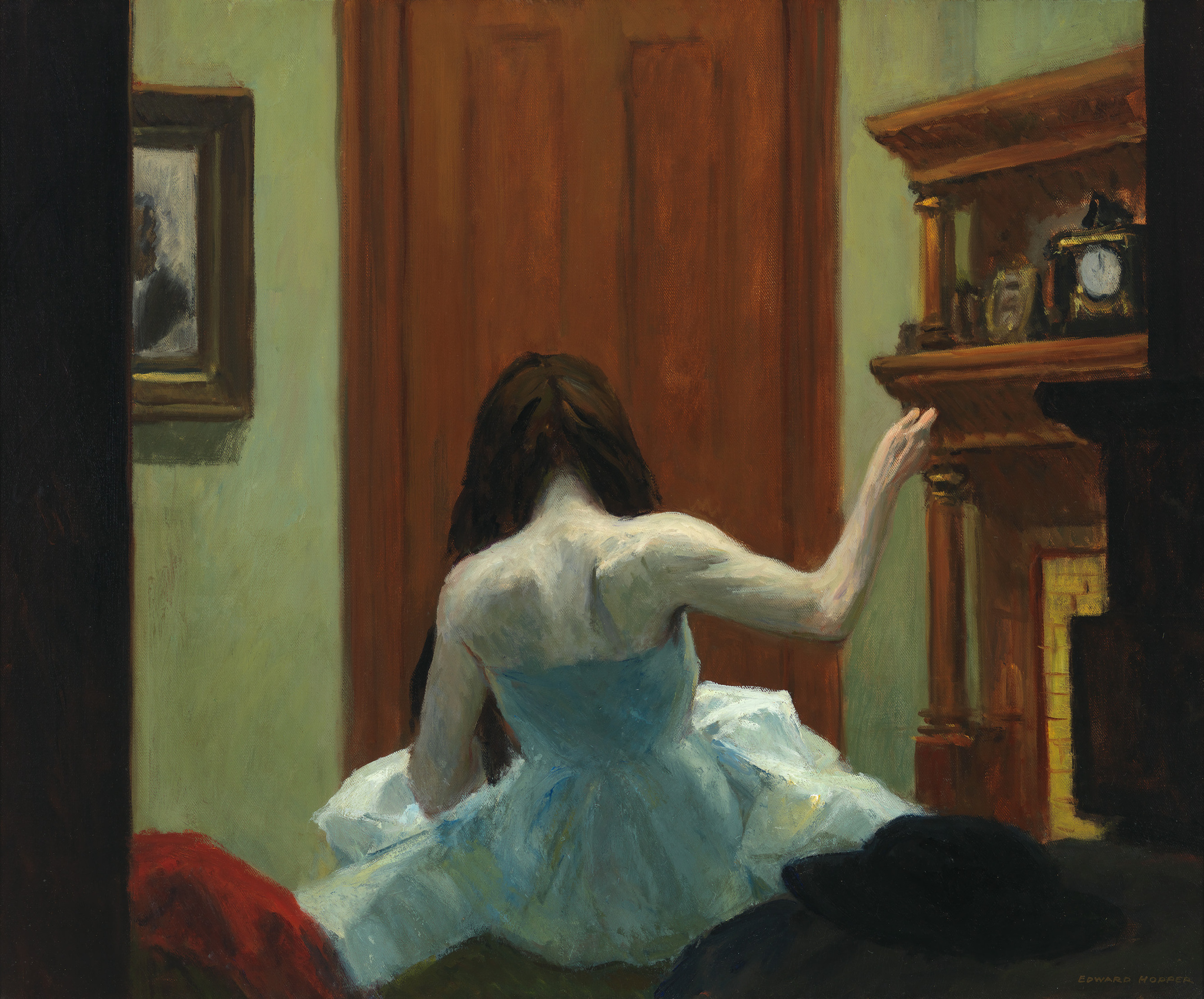Edward Hopper frequently represented people as they appeared to him in brightly lit windows seen from passing El trains. An early example of Hopper’s interest in enigmatic indoor scenes, New York Interior depicts the turned back of a young woman sewing. This unconventional view suggests the impersonal—and yet strangely intimate—quality of modern urban life, as glimpsed voyeuristically through a window. The woman's clothing and gesture are reminiscent of the iconic ballet dancers painted by French Impressionist Edgar Degas, whom Hopper singled out as the artist whose work he most admired. A partially obscured, framed portrait on the left also appeared in an earlier work, Artist’s Bedroom, Nyack, (1903-06). By including a reference to his past painting, Hopper challenges the impression that we have caught a fleeting glimpse of an anonymous scene.
On view
Floor 7
Date
c. 1921
Classification
Paintings
Medium
Oil on canvas
Dimensions
Overall: 24 5/16 × 29 3/8in. (61.8 × 74.6 cm) Frame (2019): 27 7/8 × 32 3/16 × 2 1/8in. (70.8 × 81.8 × 5.4 cm)
Accession number
70.1200
Credit line
Whitney Museum of American Art, New York; Josephine N. Hopper Bequest
Rights and reproductions
© Heirs of Josephine N. Hopper/Licensed by Artists Rights Society (ARS), New York
Audio
-
New York Interior, c. 1921
In The Whitney's Collection: Selections from 1900 to 1965 and Edward Hopper’s New York (Spanish)
0:00
New York Interior, c. 1921
0:00
Jane Dickson: New York Interior, del año 1921, es algo inusual para Hopper en términos de composición, ya que es completamente... Está centrada y tiene una perspectiva frontal, no desde las diagonales.
Narrator: Artista Jane Dickson.
Jane Dickson: Justo en el centro de la composición, vemos estos hombros y esta espalda un tanto musculosos. La figura lleva puesto un vestido sin tirantes y está cosiendo. En mi opinión, parece una bailarina con algunos años.
Al frente, se ve una pila de tela. Hay una manta roja y algo de color negro. Ni siquiera podemos ver qué es.
Narrator: Pareciera que el artista está mirando por la ventana.
Jane Dickson: Hay negro a ambos lados, lo que hace que la modelo quede centrada en la composición. Y después están estos montículos de tela entre nosotros —los espectadores— y ella. Tiene muchos obstáculos, y ella está en su propio mundo de fantasía.
Es como si estuviese imaginando una vida que quizás ya vivió. Y, si se mira atentamente, la mano que está jalando del hilo apunta hacia un reloj en la repisa de la chimenea, un símbolo medieval del paso del tiempo.
-
New York Interior, c. 1921
In The Whitney's Collection: Selections from 1900 to 1965 and Edward Hopper’s New York
0:00
New York Interior, c. 1921
0:00
Jane Dickson: New York Interior, 1921, is somewhat unusual for Hopper compositionally in that it's absolutely centered, and it's one-point perspective as opposed to diagonals.
Narrator: Artist Jane Dickson.
Jane Dickson: So right in the center of the composition, we see the somewhat muscle-y shoulders and back. She's wearing a strapless dress, and she's sewing. And to me, she looks like an aging ballerina.
Narrator: He seems to be looking through a window.
Jane Dickson: You see black on either side, which really sort of locks her in there. And then there's these hillocks of fabric that are between us, the viewer, and her. So there's many obstacles to her, and she's in her own fantasy world.
So it's like, she's imagining a life that maybe she's already passed. And if you notice, her hand that's up pulling the thread is pointing to a clock on the mantelpiece, which is a medieval symbol for time passing.
-
Edward Hopper, New York Interior, 1921
In The Whitney's Collection: Selections from 1900 to 1965 (Kids, Spanish)
0:00
Edward Hopper, New York Interior, 1921
0:00
-
Edward Hopper, New York Interior, c. 1921
In The Whitney's Collection: Selections from 1900 to 1965 and Where We Are (Spanish)
0:00
Edward Hopper, New York Interior, c. 1921
0:00
Narrador: Artista y crítico de arte Brian O’Doherty.
Brian O’Doherty: Esta obra es New York Interior. Hopper tenía 39 años cuando la pintó, pero tuvo una vida larga y se inició en la pintura tardíamente, con determinación. Al igual que un corredor de maratones, Hopper regulaba su ritmo. Así, New York Interior demuestra lo que me dijo alguna vez: que cada artista tiene un núcleo de originalidad, un núcleo que es su verdadero ser. ¿Y cómo aflora eso en arte? Lo hace en forma de elementos. Se revela en las inquietudes, los temas y los detalles de las pinturas que realiza el artista, incluso de joven.
Narrador: En New York Interior, al igual que en otras obras que pintó a lo largo de su carrera, Hopper presenta detalles selectos, pero no revela a quién o qué ve el observador.
Brian O’Doherty: Aun así, pareciera que la figura es la de una bailarina. Lleva un vestido con volantes. No obstante, al mirarla con detenimiento, descubro que está cosiendo algo en su regazo con una mano en el aire, como uno recuerda haber visto a la propia madre. Cose, y en la mano—si pudiéramos verla de cerca—quizá sostenga una aguja.
A la derecha hay un mueble característico de Hopper, con un reloj que es poco usual; la presencia del tiempo. A la izquierda aparece otra pintura. Al mirar estos elementos sé que son incidentales y que tendieron a desaparecer en su obra a medida que la visión del pintor adquirió mayor pureza. Un elemento que considero muy poderoso es esa vertical grande y negra que sostiene y contiene a la pieza, y que funciona como una especie de exclamación que ordena: "Miren esta pintura."
-
Edward Hopper, New York Interior, 1921
In The Whitney's Collection: Selections from 1900 to 1965 and Where We Are
0:00
Edward Hopper, New York Interior, 1921
0:00
Narrator: Artist and art critic Brian O’Doherty.
Brian O’Doherty: We're looking at New York Interior. He was 39 when he did that. But Hopper lived long and he was a slow starter, determined. He was a long-distance runner and he paced himself. So, New York Interior proves something that he said to me. He said every artist has a core of originality, a core that is himself. And how does that come out in art? It comes out in the format of things. It comes out in the concerns, the themes, and the details of the paintings he does, even when he's young.
Narrator: In New York Interior, as is true in paintings from throughout his career, Hopper offers select details, but ultimately doesn’t reveal who or what we are looking at.
Brian O’Doherty: But she does seem to be a sort of ballerina or dancer. She's in a very flouncy dress. But as I look at it further I see that what she's doing is she's sewing something on her lap and the hand raised, as you may remember from watching your mother. She's sewing and in that hand there's probably—if we could see closely enough—a needle.
Now on the right there is some typical Hopper furniture, a clock that's rather unusual; time is present. On the left there's another picture. And I look at those things and they're incidentals which gradually tended to be burned away from his art as his vision got purer. But what I do look at as a very powerful thing is that big black vertical on the left which is holding the piece in and is like a kind of exclamation saying, "Look at this picture."
-
Edward Hopper, New York Interior, c. 1921
In The Whitney's Collection: Selections from 1900 to 1965 and Where We Are (Kids)
0:00
Edward Hopper, New York Interior, c. 1921
0:00
Mark Joshua Epstein: Now we're here at New York Interior by the artist Edward Hopper.
Student 1: I notice that it's a woman in a very beautiful, elegant dress, but it kind of looks depressing because of how dark it is.
Student 2: Also, her hand is up in the air, and I was wondering why, and she's holding her dress up, so it almost looks like she's fixing it or something.
Student 3: I see in the top right corner there's a clock, and it looks like both of the hands are pointing at the twelve, so that shows it might be late at night.
Student 4: She kind of seems lonely. Maybe she was in a relationship of some sort and they decided to separate.
Mark Joshua Epstein: A lot of historians think that Edward Hopper was inspired to paint this scene by his travels on the El Train, which was a train in New York that had an elevated track, so he could see through people's windows when he was on the train.
Student 1: Well, now that you said that, I noticed that the sides are cut off so it looks like a window.
Student 2: I'm kind of thinking since he only really got a glimpse of what was happening, you can't really totally describe the significance of the moment, and so she might actually be really happy, because from that point of view, you can’t really see her face.
Mark Joshua Epstein: One other question I had just to think about our own experience for a moment, if you walked into the museum, and you saw a painting like this of you through a window of your apartment, how would you feel?
Student 1: I would feel kind of invaded, like somebody took a picture of me.
Student 2: I would also feel kind of like, why are you looking at me, and what's so interesting about me when I'm just sewing up my dress?
Student 3: Unpopular opinion. It would be cool to have a painting by a famous artist about you. I'd be kind of surprised, but I'd also be like, cool!
-
Edward Hopper, New York Interior, c. 1921
In The Whitney's Collection: Selections from 1900 to 1965 and Where We Are (Kids, Spanish)
0:00
Edward Hopper, New York Interior, c. 1921
0:00
Mark Joshua Epstein: Ahora estamos aquí, frente a New York Interior del artista Edward Hopper.
Estudiante 1: Yo me he fijado que es una mujer con un vestido muy hermoso y elegante, pero tiene un aspecto deprimente por lo oscuro que es.
Estudiante 2: También tiene la mano levantada, me preguntaba por qué sería, y se está levantando el vestido, por lo que casi pareciera que lo está arreglando o algo así.
Estudiante 1: Veo que en la esquina superior derecha hay un reloj y pareciera que ambas manecillas apuntan a las doce, lo que muestra que podría ser por la noche bien tarde.
Estudiante 2: Parece algo sola. Quizás se encontrara en una relación de algún tipo y decidieron separarse.
Mark Joshua Epstein: Muchos historiadores piensan que Edward Hopper se inspiró para pintar esta escena en sus viajes en el El Train, que era un tren de Nueva York cuyas vías estaban elevadas, por lo que podía ver a través de las ventanas de la gente cuando viajaba en el tren.
Estudiante 1: Bueno, ahora que nos cuenta eso, he notado que los lados están cortados, así que parece una ventana.
Estudiante 2: Yo pensaba que, ya que él solo vio un instante de lo que estaba pasando, no es posible realmente describir la relevancia del momento, por lo que ella podría estar muy feliz en realidad. Porque, desde ese punto de vista, es imposible verle bien la cara realmente.
Mark Joshua Epstein: Otra pregunta que tenía, solo para reflexionar sobre nuestra propia experiencia por un instante: si entraran al museo y vieran una pintura como esta, en la que se les viera a ustedes a través de la ventana de su apartamento, ¿cómo se sentirían?
Estudiante 1: Yo sentiría, de alguna manera, que por qué me están mirando y ¿qué tiene de interesante verme cosiendo mi vestido?
Estudiante 2: Opinión poco popular. Sería genial tener una pintura sobre mí realizada por un artista famoso. Me sorprendería un poco, pero también pensaría “¡qué genial!”.
Exhibitions
-
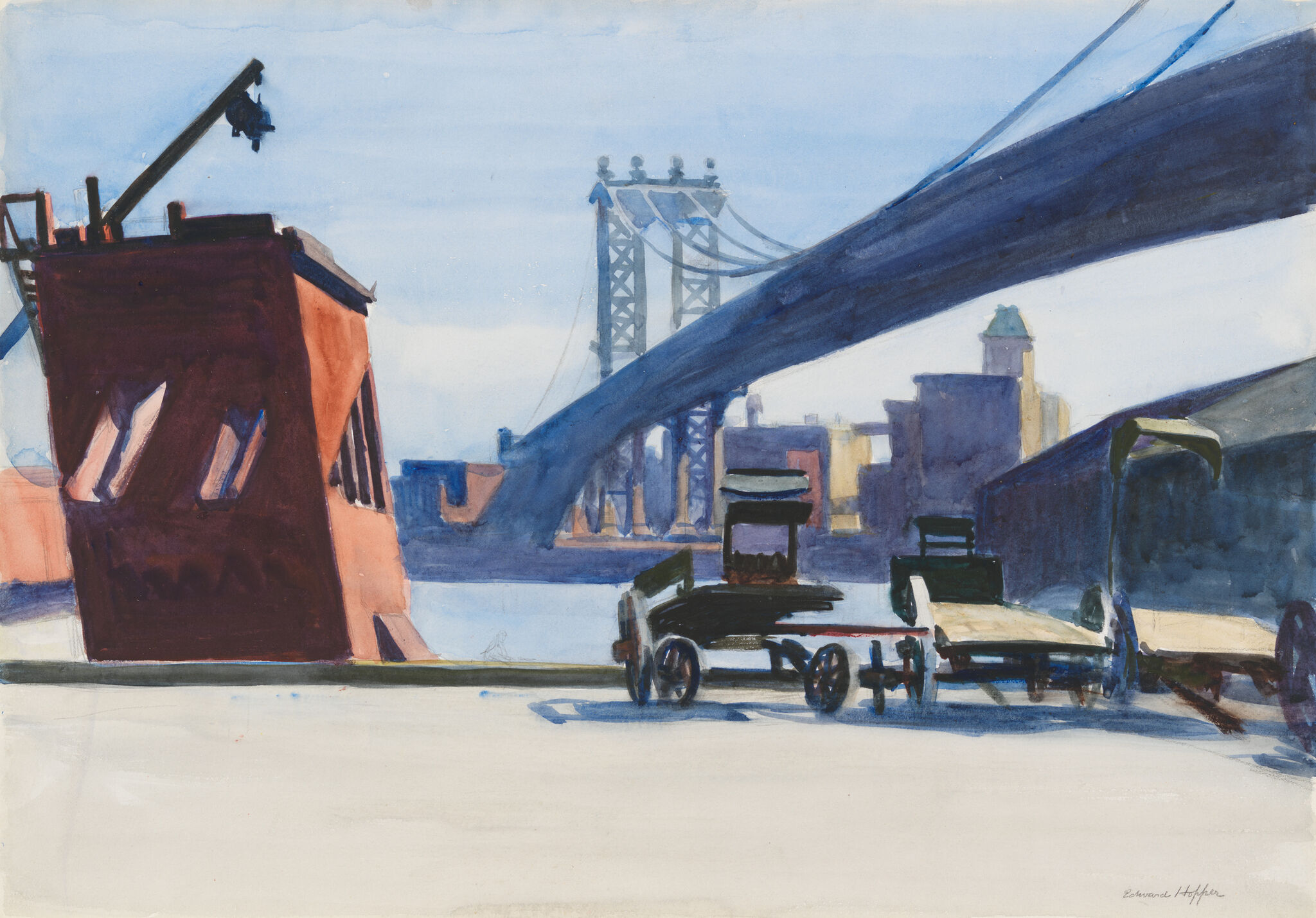
Edward Hopper’s New York
Oct 19, 2022–Mar 5, 2023
-

The Whitney’s Collection: Selections from 1900 to 1965
June 28, 2019–May 1, 2025
-
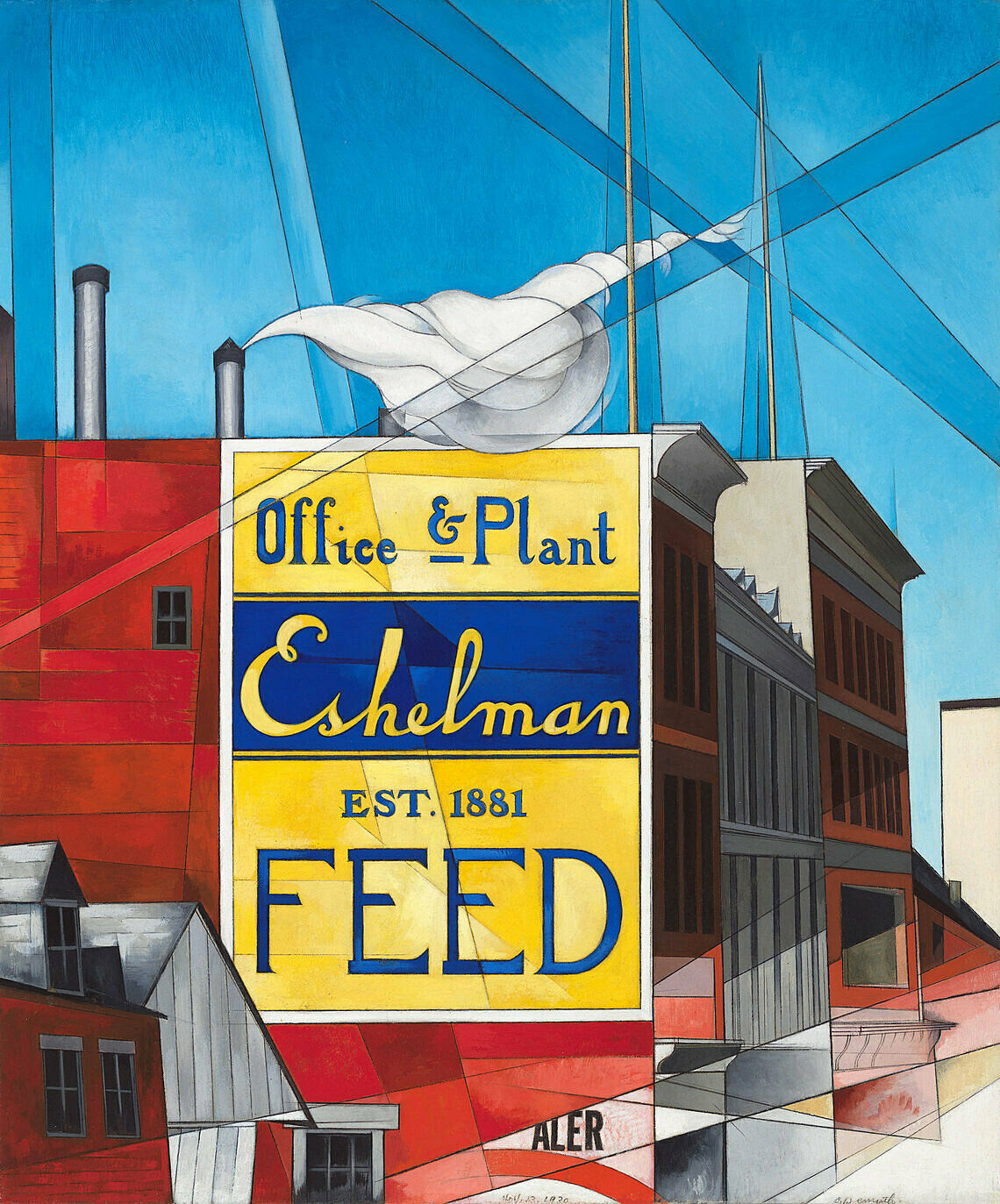
Where We Are: Selections from the Whitney’s Collection, 1900–1960
Apr 28, 2017–June 2, 2019
-
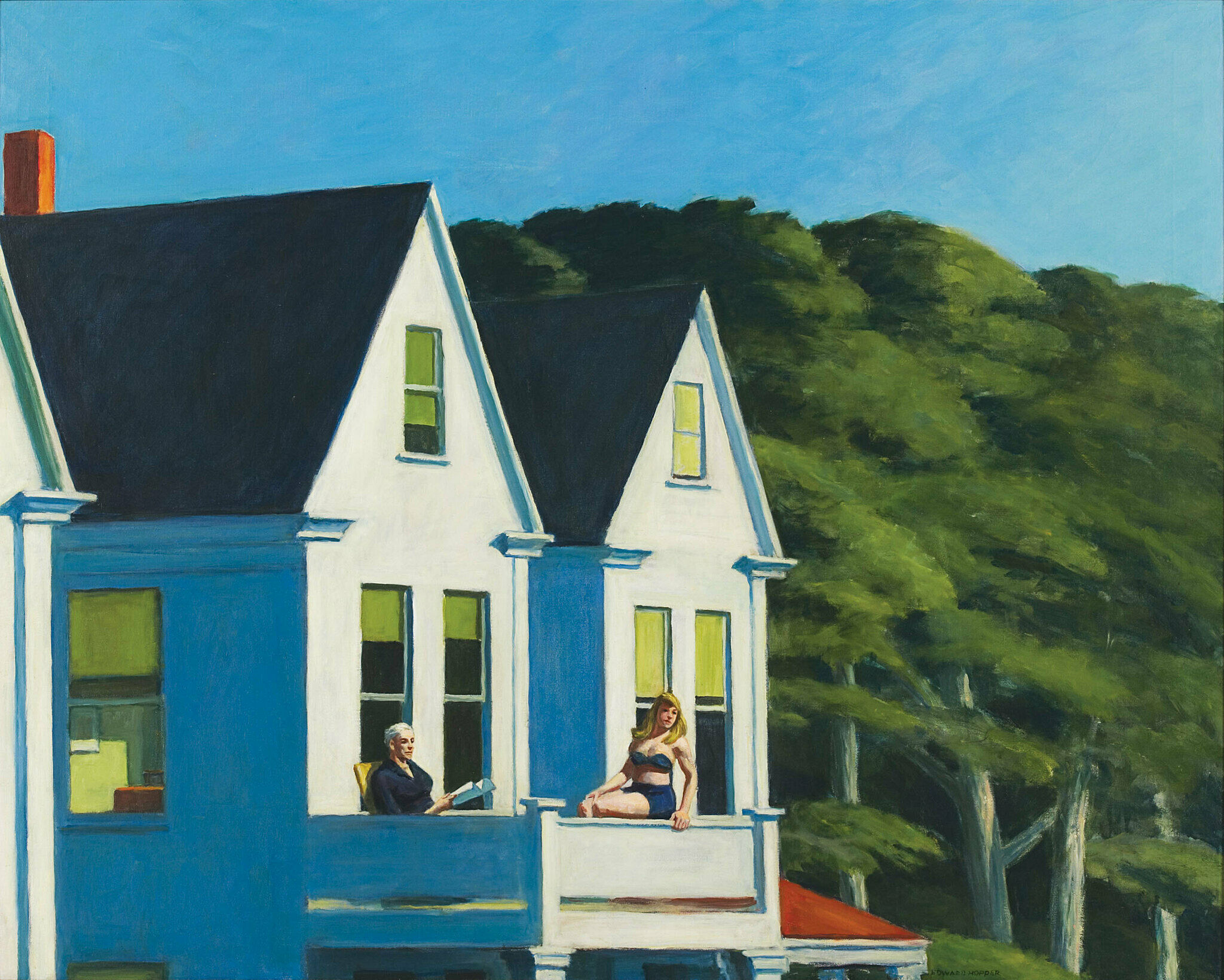
Edward Hopper and Photography
July 17–Oct 19, 2014
-
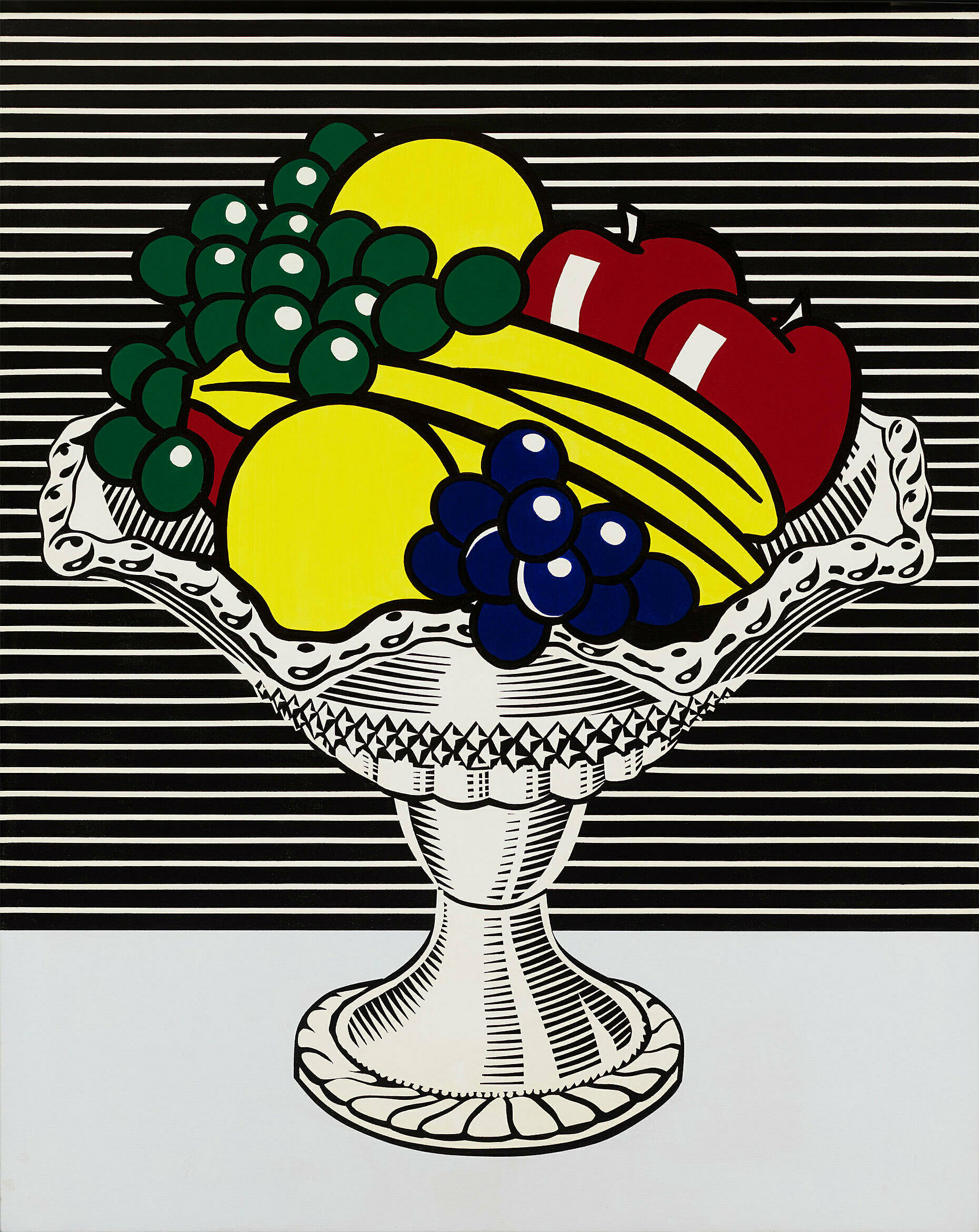
American Legends: From Calder to O’Keeffe
Dec 22, 2012–June 29, 2014
-
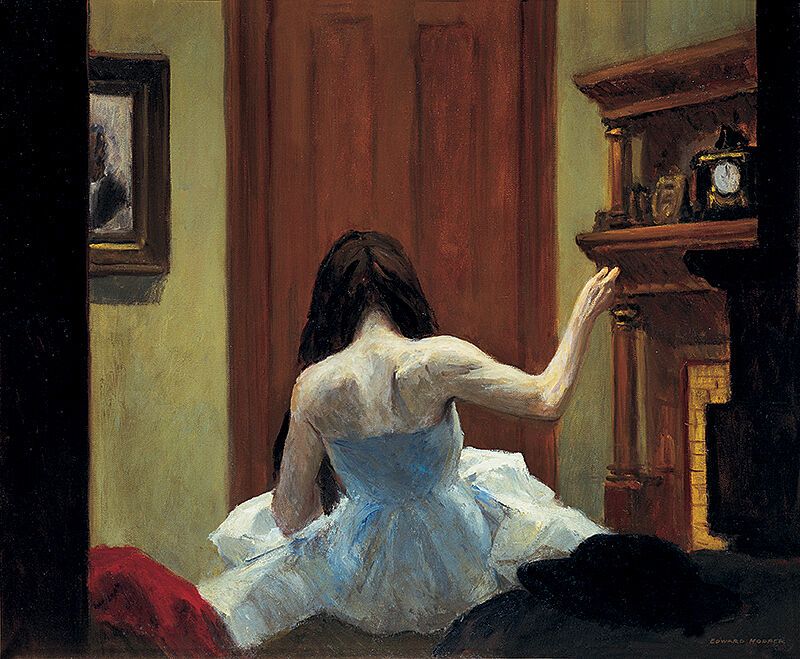
Modern Life: Edward Hopper and His Time
Oct 28, 2010–Apr 10, 2011
-

The Whitney’s Collection
Jan 30, 2008–Jan 3, 2010
-

Full House: Views of the Whitney’s Collection at 75
June 29–Sept 3, 2006
-
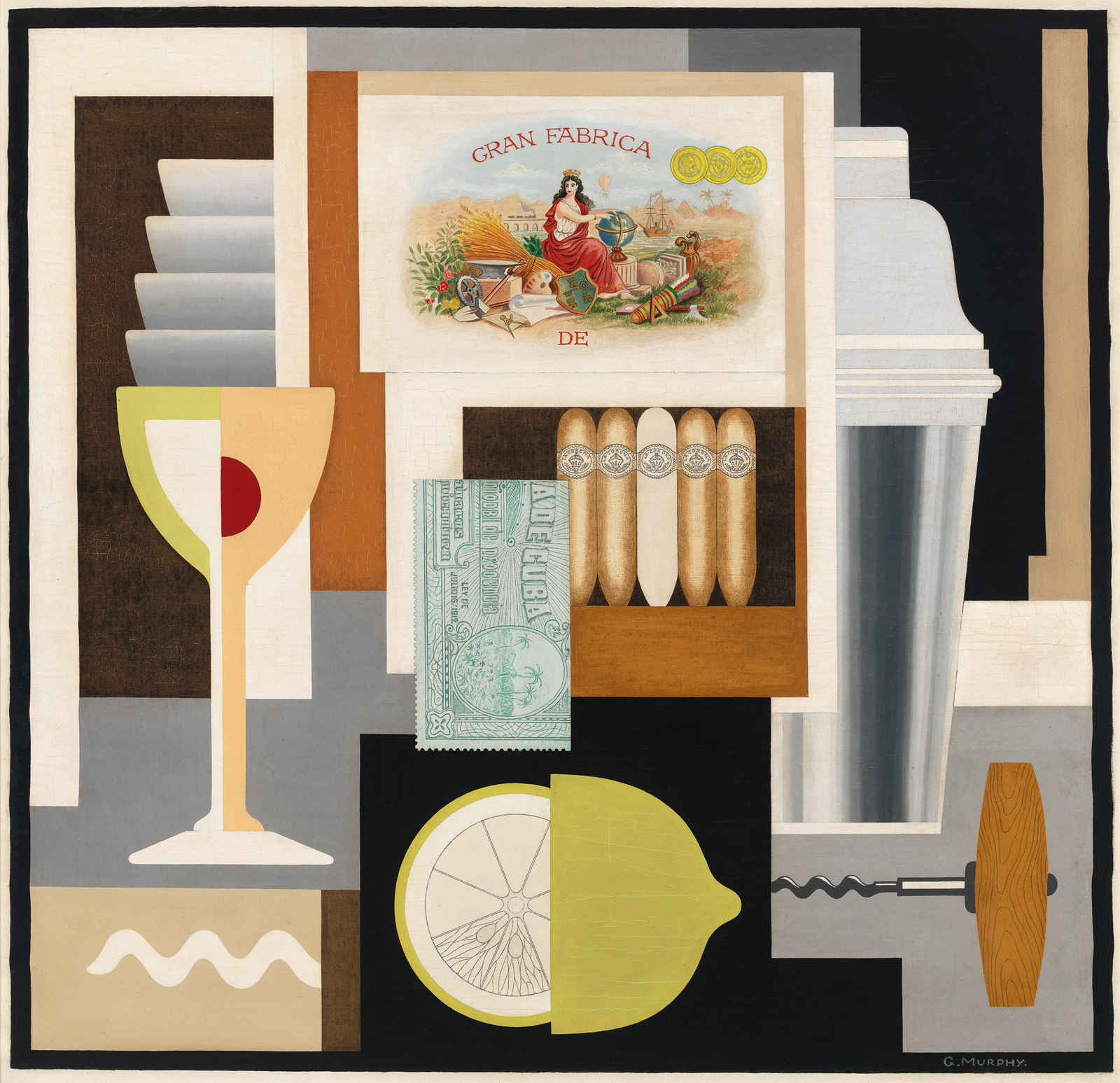
Highlights from the Permanent Collection: From Hopper to Mid-Century
Feb 25, 2000–May 20, 2006
Installation photography
-
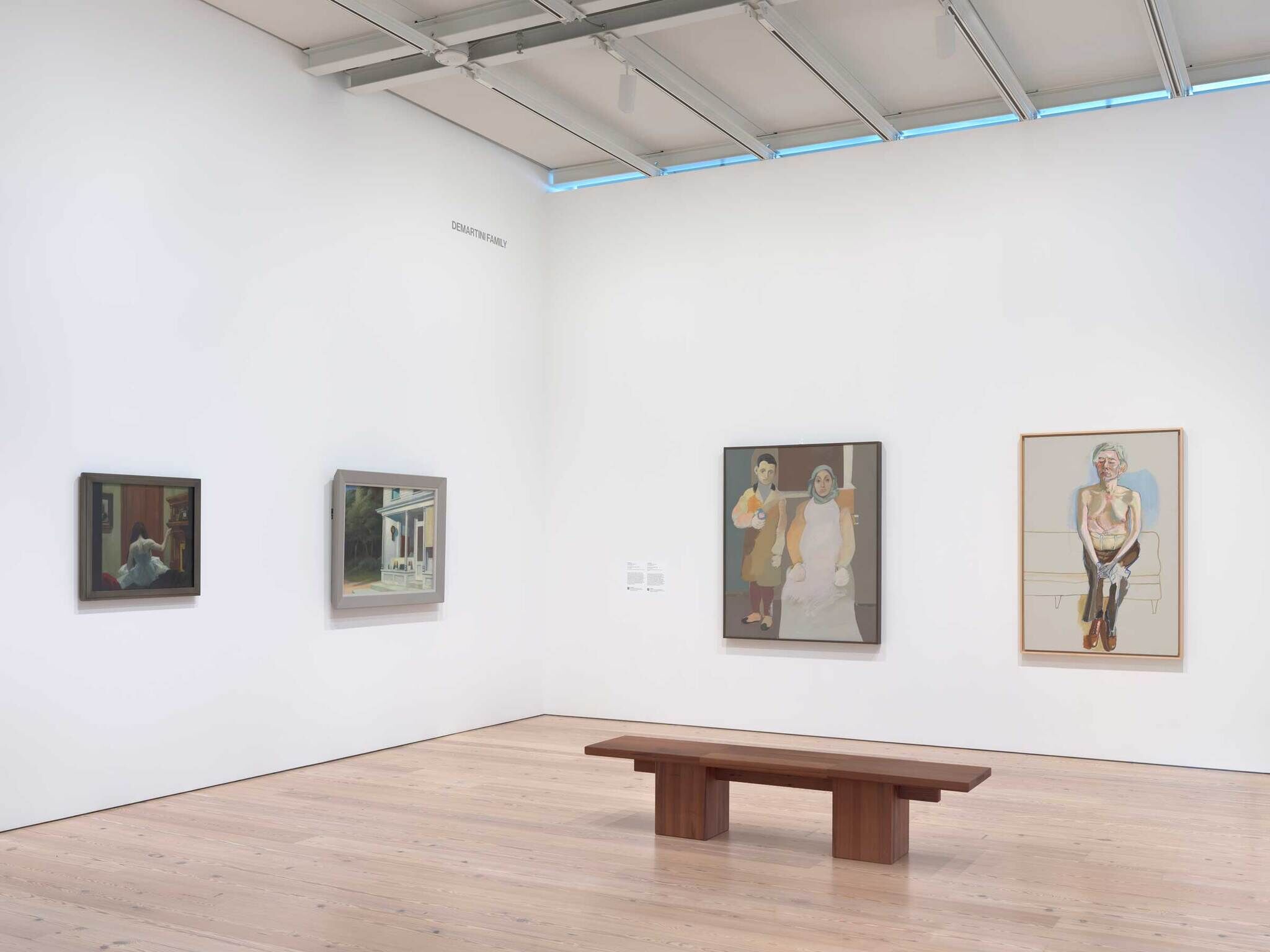

Installation view of “Untitled” (America) (Whitney Museum of American Art, New York, July 5, 2025-). From left to right: Edward Hopper, New York Interior, c. 1921 Edward Hopper, Seven A.M., 1948; Arshile Gorky, The Artist and His Mother, 1926–c. 1936; Alice Neel, Andy Warhol, 1970. Photograph by Ron Amstutz
From the exhibition “Untitled” (America)
-
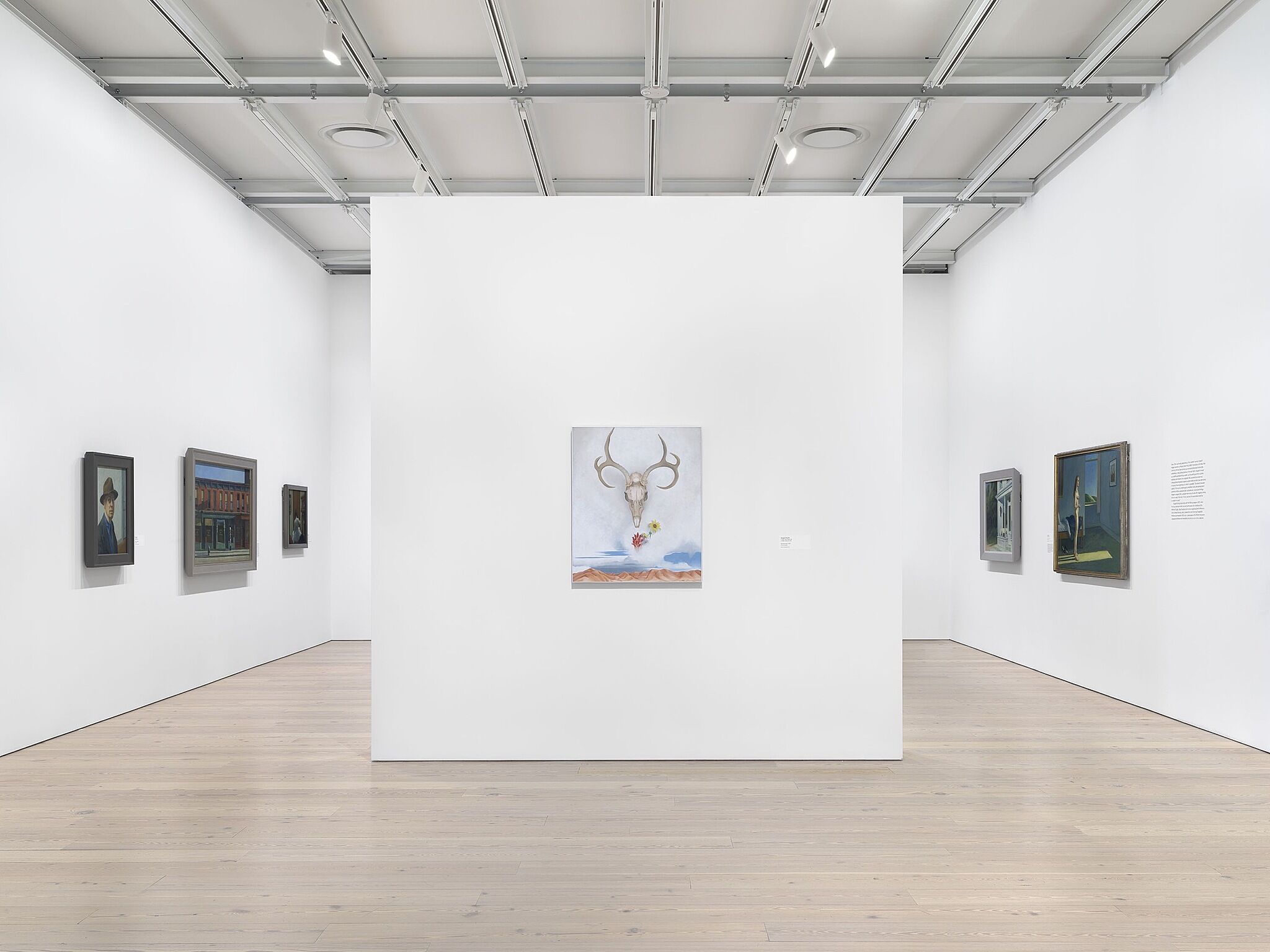

Installation view of The Whitney’s Collection: Selections from 1900 to 1965 (Whitney Museum of American Art, New York, June 28, 2019- ). From left to right: Edward Hopper, (Self-Portrait), 1925-30; Edward Hopper, Early Sunday Morning, 1930; Edward Hopper, New York Interior, c. 1921; Georgia O’Keeffe, Summer Days, 1936; Edward Hopper, Seven A.M., 1948; Edward Hopper, A Woman in the Sun, 1961. Photograph by Ron Amstutz
From the exhibition The Whitney’s Collection: Selections from 1900 to 1965

